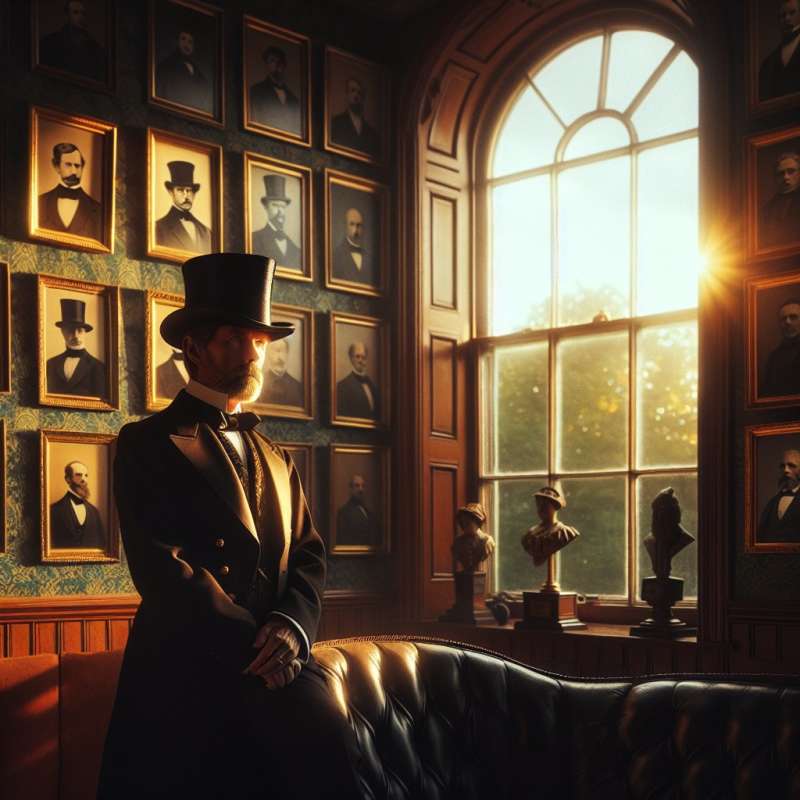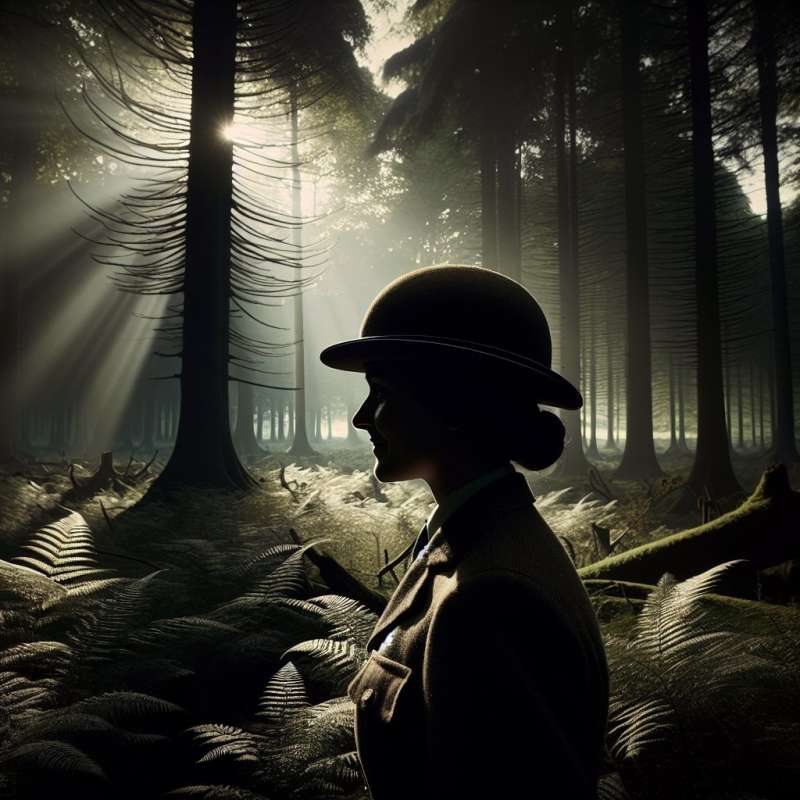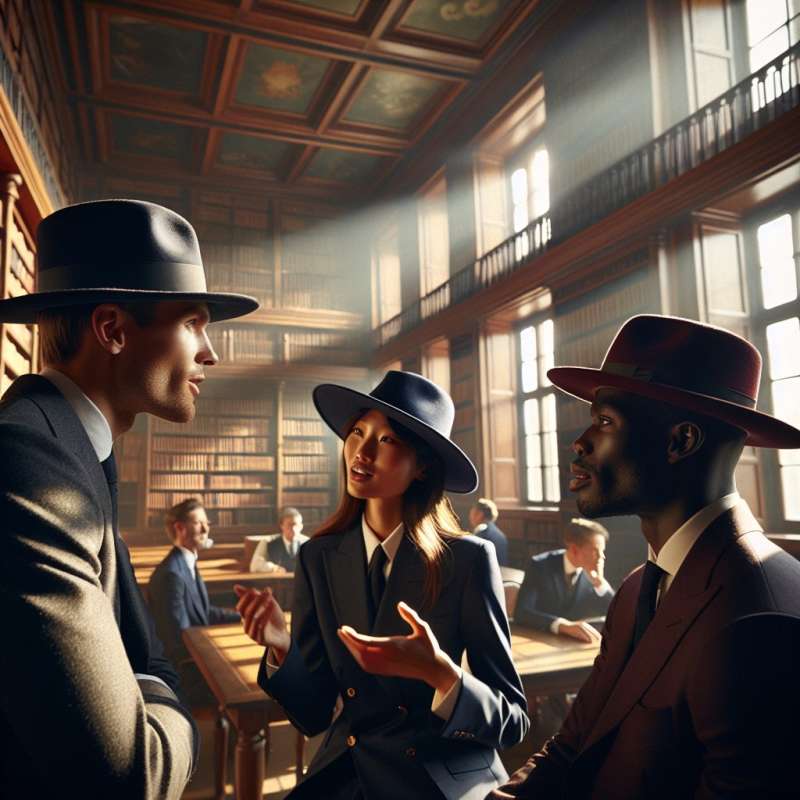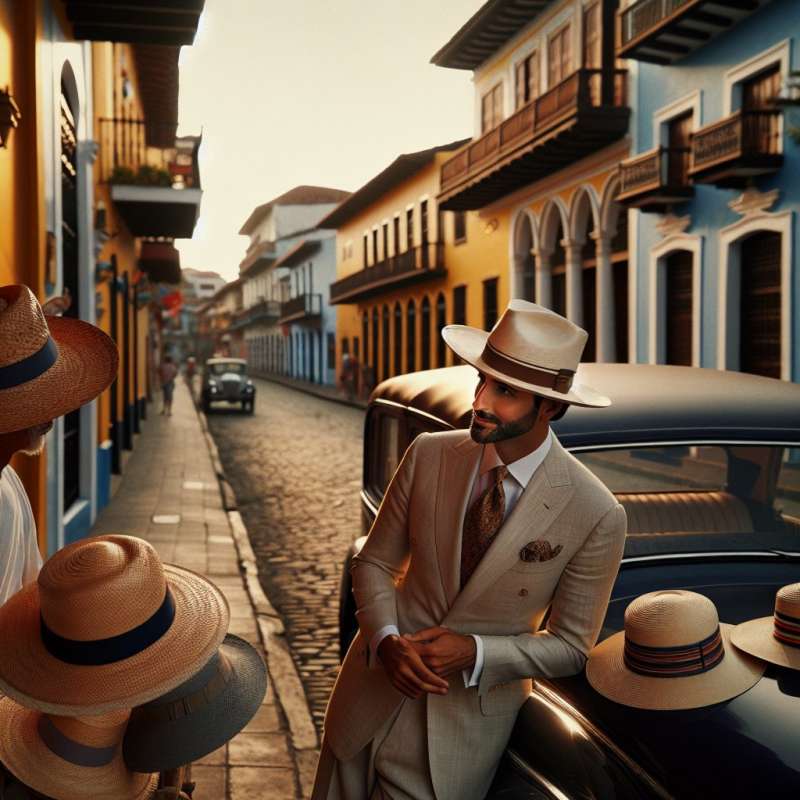
History of Formal Hats
Formal hats, once a social norm, have distinct origins. The top hat, for instance, made its debut in the late 18th century, becoming a status symbol for the aristocratic gentlemen of the era.
Top Hat: Timeless Elegance
The top hat, with its tall, flat crown, is synonymous with formal wear. Worn with a tailcoat, it completes a white-tie ensemble. Today, it's reserved for ultra-formal events, such as royal weddings or ascot races.
The Bowler's Practicality
Developed in 1849 for gamekeepers, the bowler hat, or derby, gained popularity for its sturdiness and lower profile, making it less likely to be knocked off by tree branches than a top hat.
Homburg's Diplomatic Roots
The Homburg hat, with its dent along the crown, was popularized by King Edward VII after a visit to Bad Homburg, Germany. It's considered less formal than a top hat but dressier than a fedora.
Fedoras in Formal Settings
Though not as formal, fedoras can be dressy. With a soft brim and indented crown, they were favored by early 20th-century businessmen and have seen a resurgence in vintage fashion circles.
Panama for Summer Soirees
The Panama hat, originally from Ecuador, is perfect for warm-weather formal events. Made from the plaited leaves of the toquilla straw plant, it's lightweight and breathable, yet sophisticated.
Formal Hats: Etiquette
Hat etiquette is crucial. Remove your hat indoors, during the national anthem, and when being introduced. Tipping or doffing the hat as a greeting is a traditional gesture that conveys respect.
When did top hats first appear?
Late 18th century
Mid 19th century
Early 20th century
Company